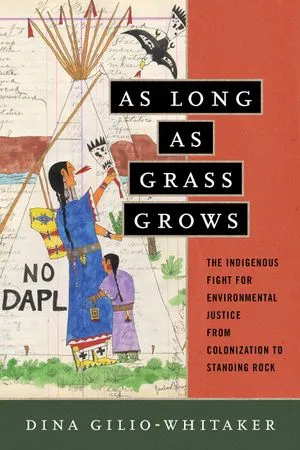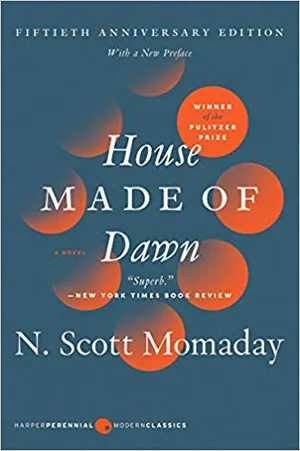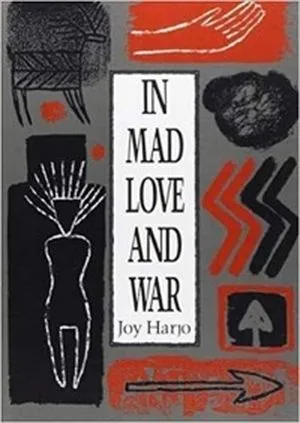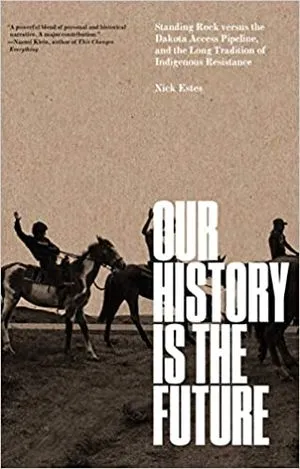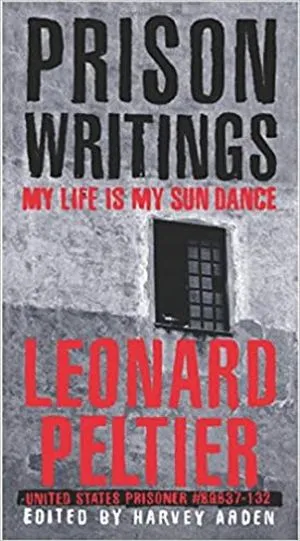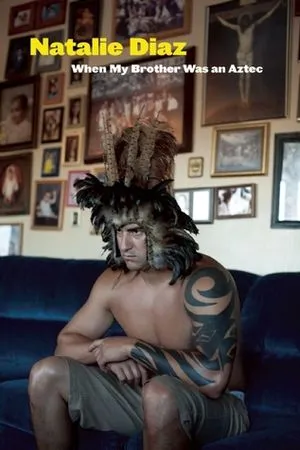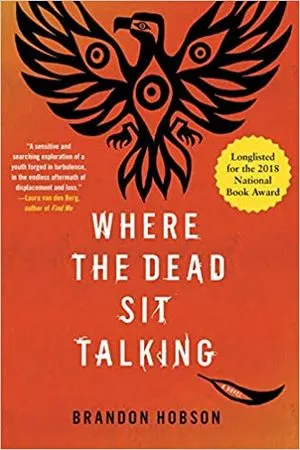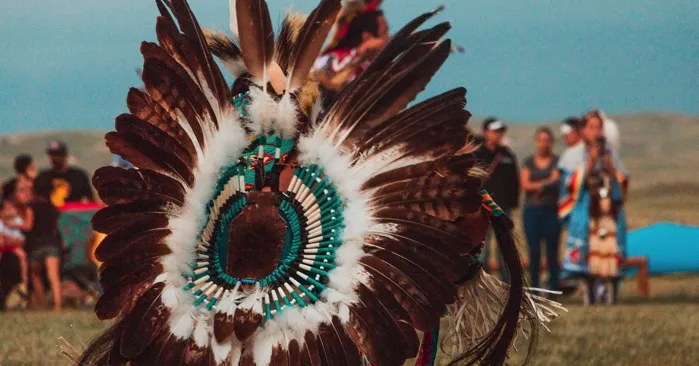
11 Older And Instant Classics About Indigenous People
The outstanding 11 books listed below include fiction, nonfiction, poetry, history, and books on environmental justice from the past 60 years of Indigenous people writing in North America. Several books, including the titles on environmental justice and on Indigenous history, have just been published within the year to critical acclaim. All of these books are capable of changing hearts and minds: readers recognize their unwitting complicity in maintaining such a systemically racist society.
As Long As Grass Grows: The Indigenous Fight For Environmental Justice, From Colonization To Standing Rock by Dina Gilio-Whitaker
This is a timely book, published last year, that explores the history of indigenous resistance to environmental injustices from colonial times to the present. Gilio-Whitaker makes the argument for Indigenous environmentalists that, given the history of brutality and exploitation, mainstream environmental allies do not have the same objectives as Native peoples.
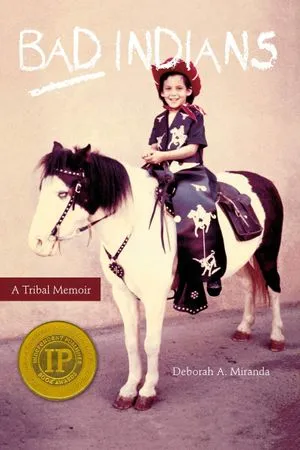
Bad Indians: A Tribal Memoir by Deborah A. Miranda
Deborah A. Miranda tells her story with newspaper clippings, poetry, memoir passages, anthropological recordings, and oral histories of the Ohlone (California) Indigenous people. Read this book to learn the author’s story, but also to learn the history of Indigenous people of California.
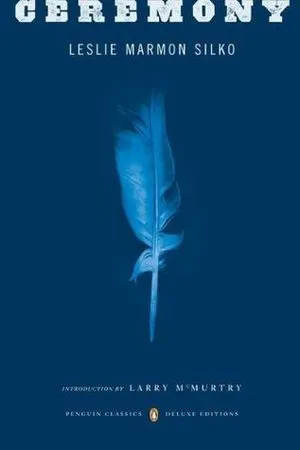
Ceremony by Leslie Marmon Silko
This classic novel by Leslie Marmom Silko depicts the story of Tayo, a young Navajo man returning from World War II and the tremendous alienation he experiences returning to New Mexico. Tayo is ostracized by his people and is experiencing extreme PTSD resulting from being a prisoner of war in a Japanese camp. The term ceremony is the promise of healing that Tayo needs.
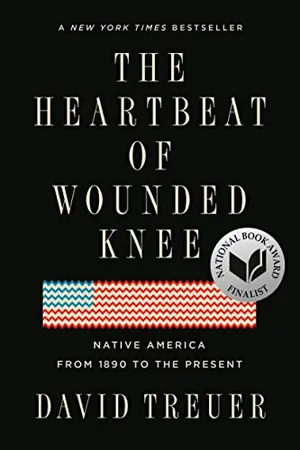
The Heartbeat Of Wounded Knee: Native American From 1890 To The Present by David Treuer
This book tells the history of Native America, with an emphasis on urban Native Americans, from 1890 to the present. Told in memoir and journalism, this book remained for weeks on the New York Times Best Seller List and also comes highly recommended from Joy Harjo.
House Made Of Dawn by N. Scott Momaday
This book won the 1969 Pulitzer Prize with its depiction of Abel, a young Native American home from a foreign war and his resulting alienation. Abel is simultaneously drawn to the life of the industrialized city and its attendant self-destruction and self-loathing, and the life of his people on the New Mexico reservation. The book is an autobiographical novel and portrays the Jemez Pueblo where Momaday grew up.
In Mad Love And War by Joy Harjo
The latest collection of poetry from the country’s Poet Laureate. Joy Harjo’s poetry (she sometimes plays the sax in her poetry readings) is powerful—she can wipe out the myths we live by (greed and personal self interest) and replace them with visions of community, hope, and love. Harjo brings in the themes of mortality, myths and memory juxtaposed with the historic violence against the Indigenous people.
Our History Is The Future: Standing Rock Versus The Dakota Access Pipeline And The Long Tradition Of Indigenous Resistance by Nick Estes
Just published last year, this illustrated book studies generations of the Indigenous resistance. #NoDAPL, the small protest movement that began in 2016 at Standing Rock, North Dakota, evolved into the biggest environmental resistance struggle in the 21st century. Estes examines the North Dakota resistance encampment and the Indigenous water protectors. A manifesto and a history of Indigenous resistance. Estes is an environmental activist and a member of the Lower Brule Sioux tribe.
Prison Writings: My Life Is My Sun Dance by Leonard Peltier
Leonard Peltier has been wrongly incarcerated since 1977. Peltier powerfully writes of his life in prison and of his personal philosophy that has guided him throughout his life. Peltier is one of the leaders of the American Indian Movement and was set up by the FBI and local authorities for his stance on Native rights. Originally published in 1999.
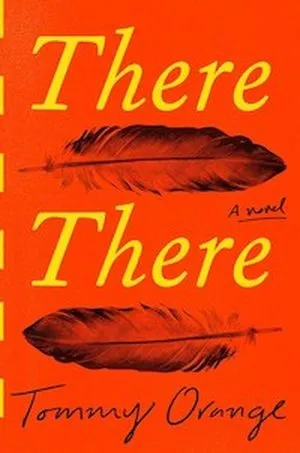
There There by Tommy Orange
Tommy Orange’s debut novel won the PEN/Hemingway Award two years ago and is a great novel for book groups or to read solo. Orange presents his story, set in Oakland, California (the home of Gertrude Stein and the oft-heard phrase of Stein regarding Oakland: “there is no there, there”) and the stories of several intersecting Native people and how they converge at an Oakland pow wow. Here is a wonderful writer with a harrowing tale of urban life.
When My Brother Was An Aztec by Natalie Diaz
This strong debut novel by renowned poet Natalie Diaz blends pop culture with local reservation folklore and broken gospels to illuminate her brother’s methamphetamine addiction.
Where The Dead Sit Talking by Brandon Hobson
This is a beautiful book about two young friends building bonds of friendship and love to heal their violent pasts. Sequoyah is a Cherokee boy who is sent to a foster home when his mother is arrested. Rosemary is another resident at the foster home, and together Rosemary and Sequoyah build a strong friendship and deepening love to survive their pasts and build a future.



